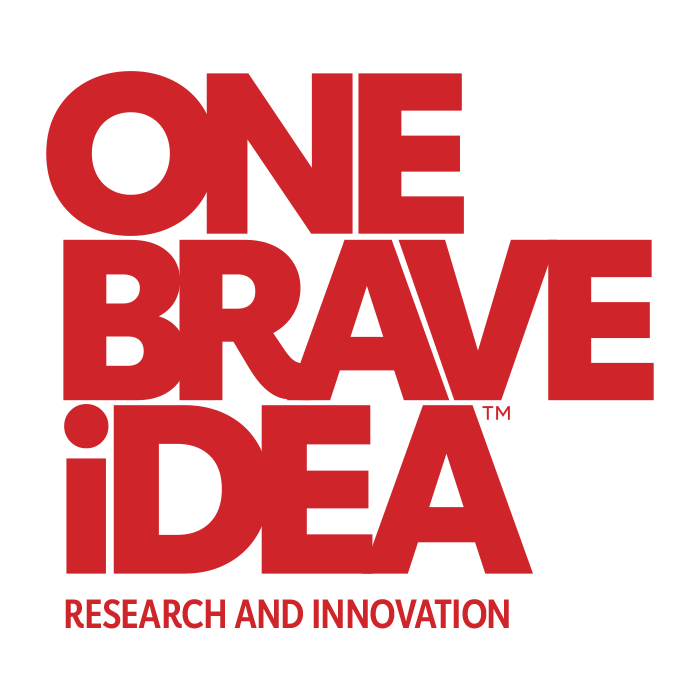Scientist using big data against heart disease wins $75 million award

Cancer research may be sucking up all the headlines lately, what with the White House launching its cancer moonshot and technology billionaires sinking hundreds of millions of dollars into a hot new field of immunotherapy. But heart disease still kills more people every year, both worldwide (7 million deaths per year) and in the US (614,000), and a study published this summer found that the rate of decline in deaths from the disease has stalled since 2011.
The American Heart Association, the Verily Life Sciences unit of Alphabet, and AstraZeneca think $75 million over five years to a single researcher might change that. The three announced on Wednesday that their “One Brave Idea” research award will go to Dr. Calum MacRae, chief of cardiovascular medicine at Brigham and Women’s Hospital in Boston, to support what they called “his visionary approach to understanding and addressing coronary heart disease and its devastating consequences.”
The One Brave Idea competition, announced in January, attracted hundreds of entries for what will be the largest one-time award to a single team researching coronary heart disease and the largest one-time award in AHA history. In contrast, the average investigator-initiated grant from the National Institutes of Health in 2015 was $435,525. The NIH’s National Heart, Lung, and Blood Institute has a budget just shy of $3 billion this fiscal year.
ADVERTISEMENT
The concept of One Brave Idea is to “leap beyond incremental gains” in heart disease and “turn the conventional model of biomedical research on its head,” the groups said in a statement. While studies funded by the NIH, for instance, typically focus on a single aspect of heart disease at a time, what’s needed is a “game-changing” and “transformative approach.”
The heart association and its partners think they’ve found that in what MacRae plans to do. Unlike most of the other entries from around the world, MacRae’s proposes to focus on how heart disease begins, not what happens after it takes hold. Drawing on participants in the Framingham and Million Veterans studies, engineering expertise from the Massachusetts Institute of Technology, genomics from the University of Toronto and Stanford, and computational resources at Northeastern University, among other collaborators, MacRae plans to hunt down so-far unrecognized signals marking the transition from a healthy heart to one on the road to disease — something he believes will lead to prevention and cure more quickly than research that focuses on the already-sick, old or even middle-aged heart.
“Historically, we defined risk factors for heart disease by studying older and then middle-aged people, especially men,” said Dr. Betsy Nabel, president of the Brigham and former director of NHLBI. “Now we’re asking, is there a way to understand heart disease risk at a much earlier age, where the opportunity for prevention is much greater.”
MacRae will start by looking for new genetic, molecular, and cellular signals of that transition.
The research will have a heavy focus on “big data.” MacRae and his team will collect whatever they can about volunteers’ sleep, activity, and stress, using wearable technologies and even economic data. Verily will sic its analytical tools and artificial intelligence on the data to identify which traits and associations show the best chance of answering a key mystery: why nearly half of patients with coronary heart disease have no known risk factor, such as high cholesterol. They just show up in the emergency room with a coronary.
The hope is that “legacy” heart disease risk factors, such as blood pressure and cholesterol levels, would be supplemented or replaced by data MacRae’s team identifies, such as DNA sequences or enzymes in saliva.
“I believe we will identify significant new pathways in coronary disease,” MacRae said.
